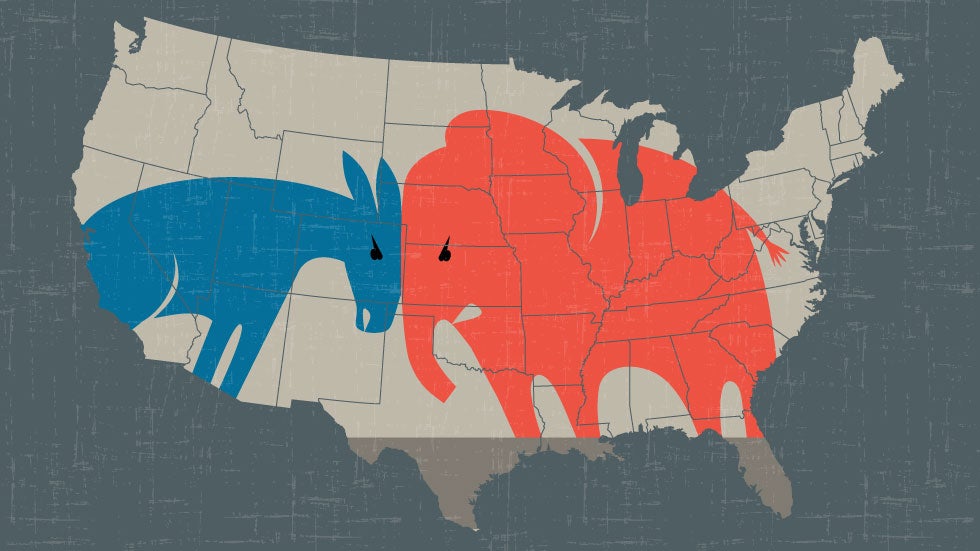 Kerby Anderson
Kerby Anderson
Political campaigns become intense after Labor Day. You will need wisdom and discernment to evaluate the numerous proposals because much of the mainstream media doesn’t evaluate counter proposals with the same objectivity. Here are two examples.
In June, Donald Trump announced a proposal to end taxes on tips for service and hospitality workers. At the time, CBS News reported, “Former President Donald Trump’s vow to stop taxing tips would cost the federal government up to $250 billion over ten years, according to a nonpartisan watchdog group.”
In August, Kamala Harris made a similar proposal. How did CBS report that announcement? “Vice President Kamala Harris is rolling out a new policy position, saying she’ll fight to end taxes on tips for service and hospitality workers.” As far as I can tell, there was no mention of the cost. There was a discussion of whether he or she came up with the proposal first.
Consider the contrast in how the media covered the idea of a child tax credit. When Senator J.D. Vance proposed a $5,000 child tax credit, it was usually linked with the claim from a tax foundation that it would cost “about $3 trillion over 10 years.” By contrast, when Kamala Harris proposed tax relief (that included up to $6,000 for parents of newborns and $3,600 for an expanded child tax credit) the headlines were about her plans to lower costs for families.
I appreciate the media estimating the costs of these campaign proposals, especially at a time when the federal government is $35 trillion in debt. But a fair way to cover these campaign proposals would be to remind voters of the costs when either candidate announces a policy. 
 Listen Online
Listen Online Watch Online
Watch Online Find a Station in Your Area
Find a Station in Your Area











 Listen Now
Listen Now Watch Online
Watch Online
